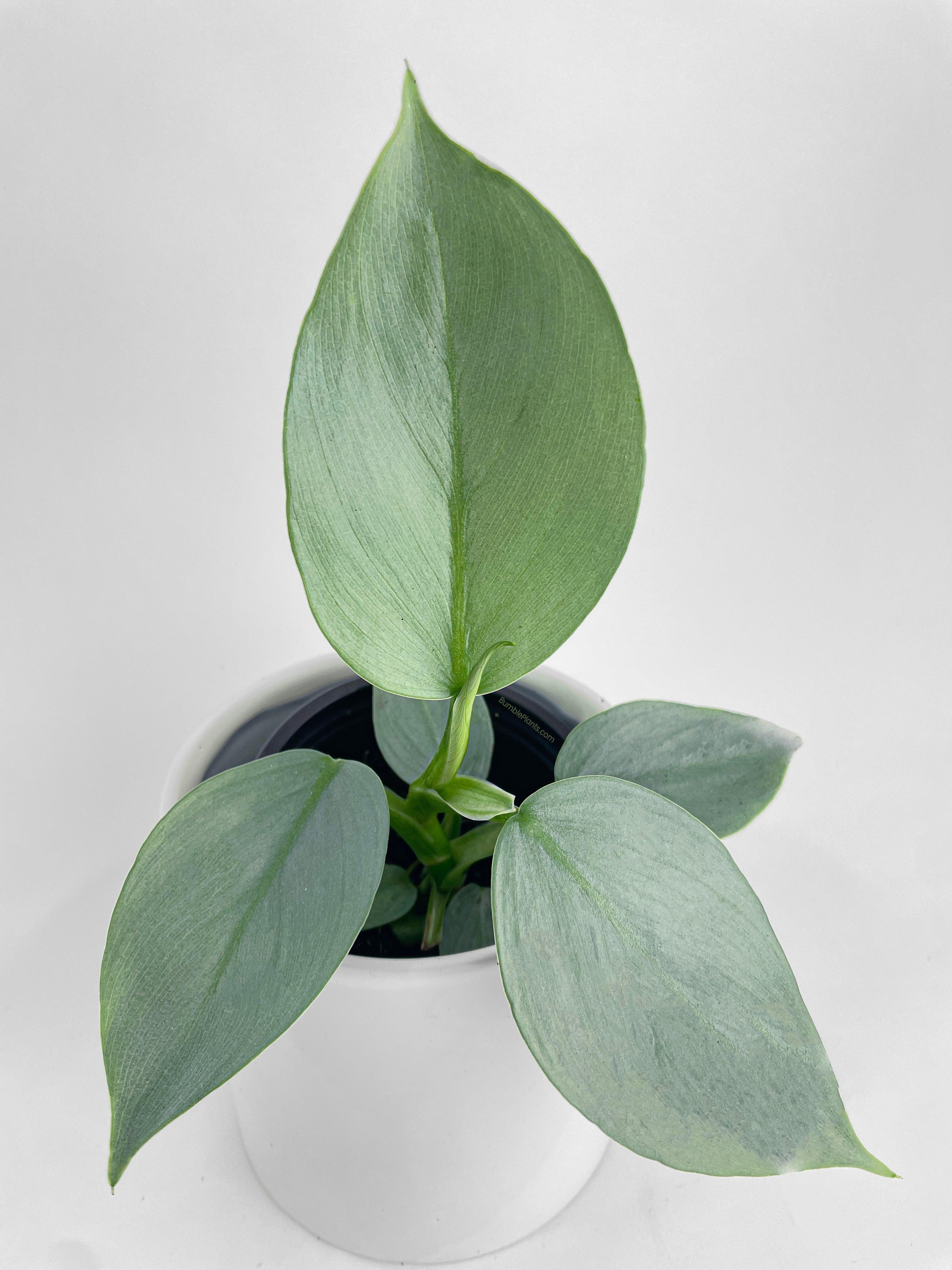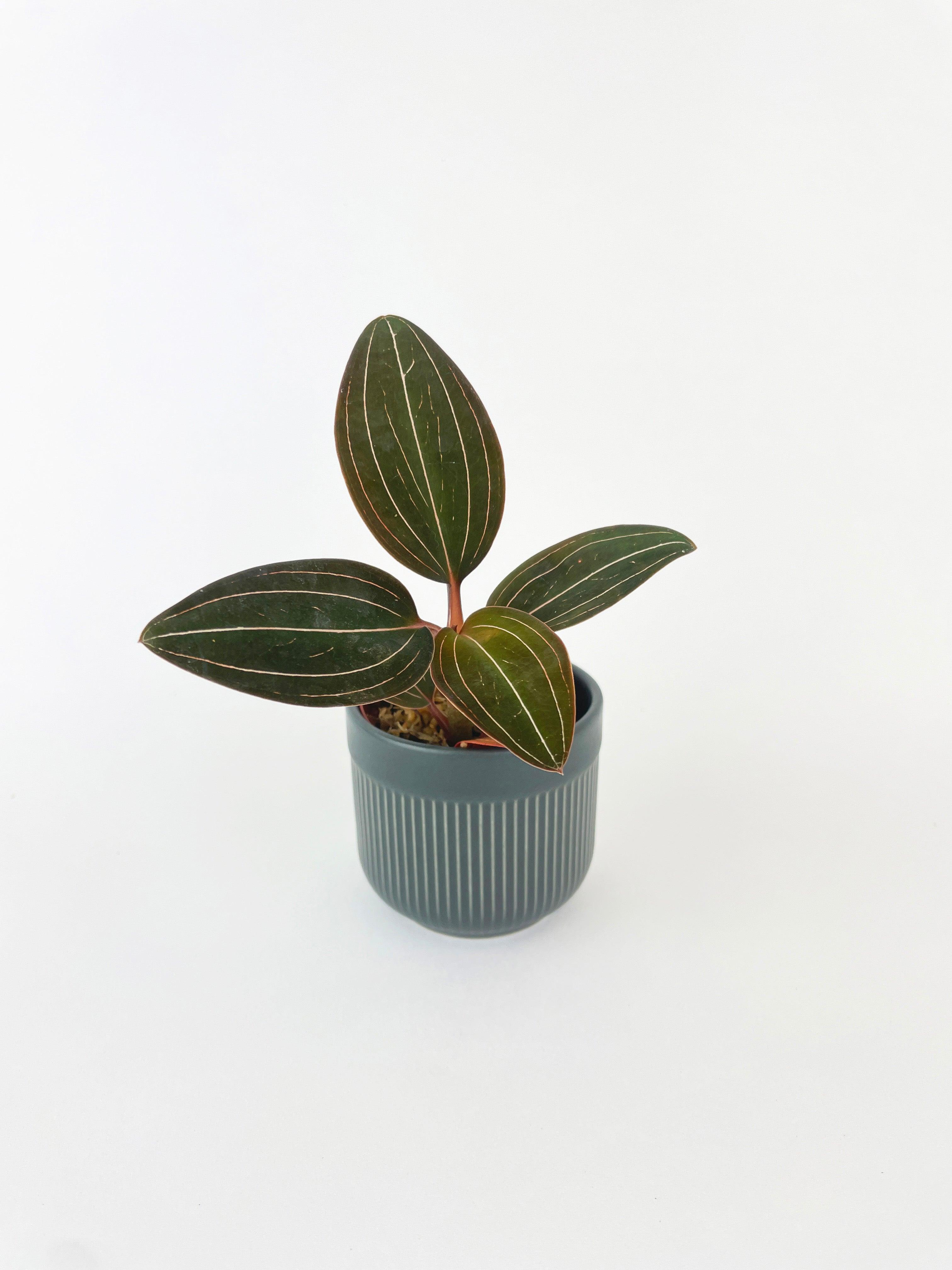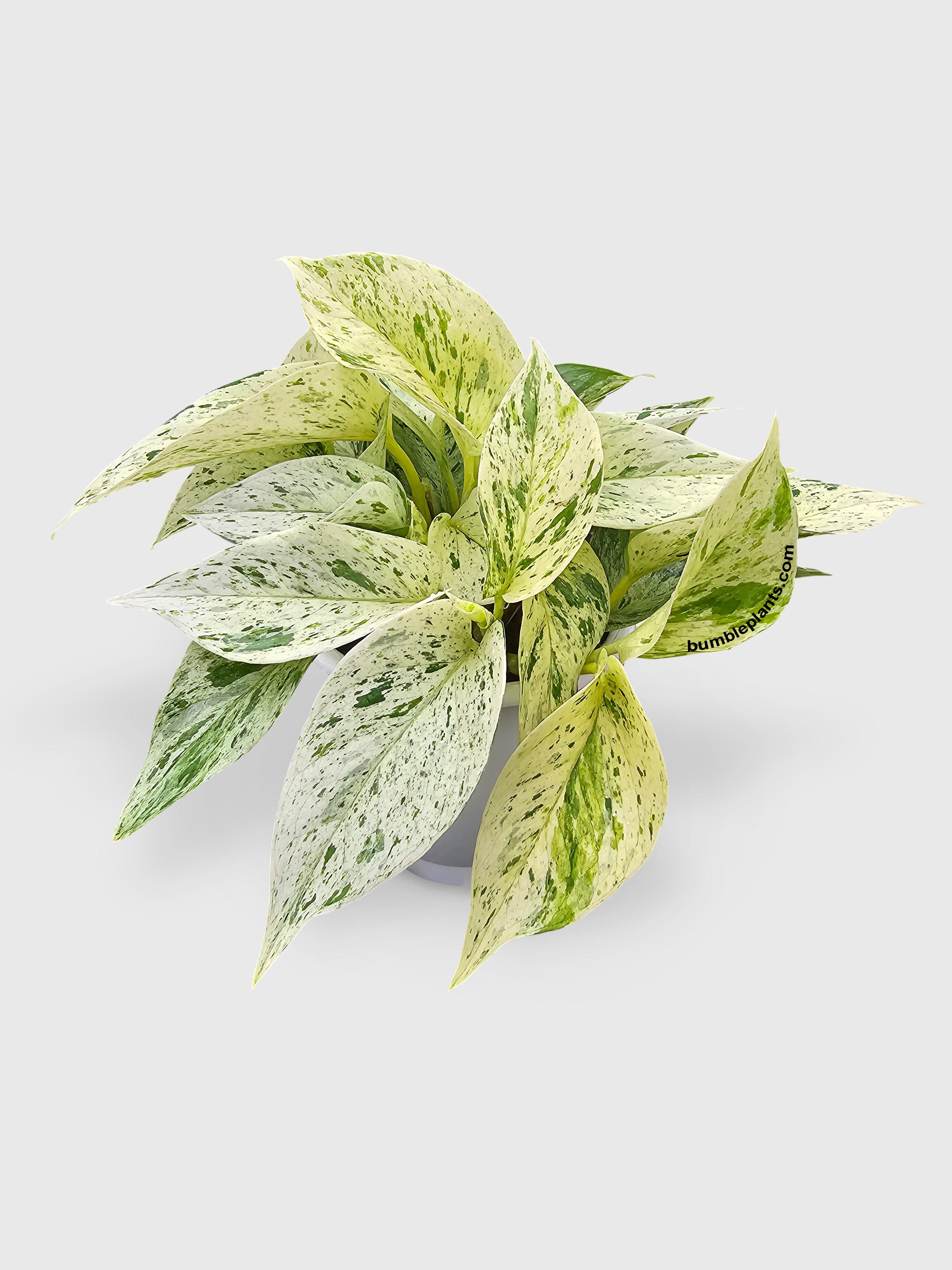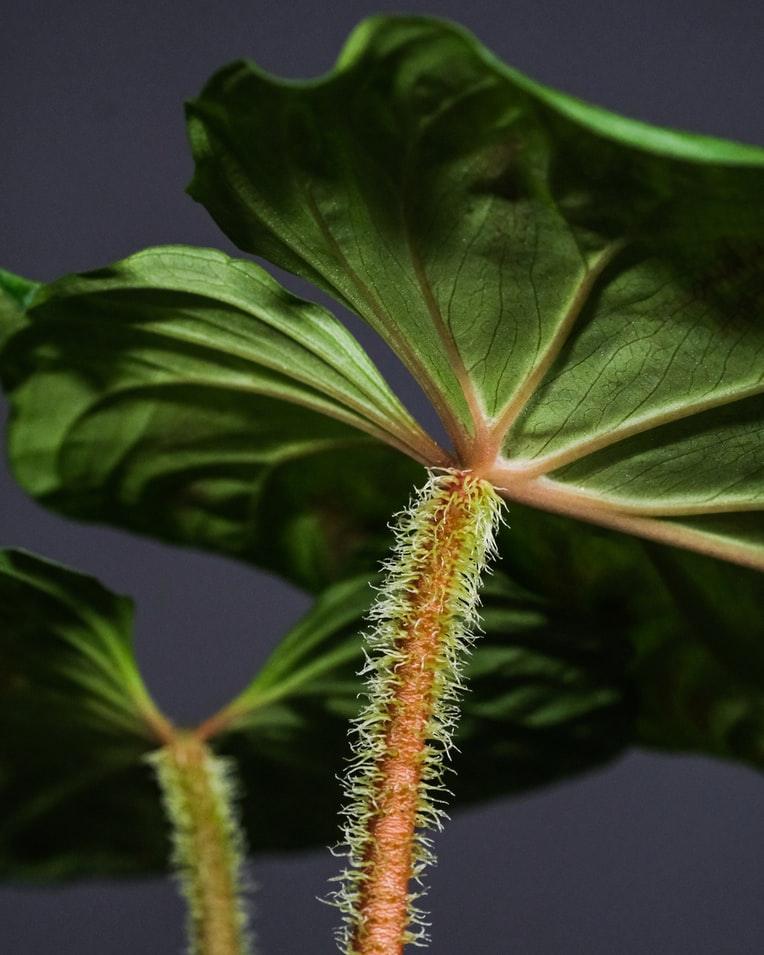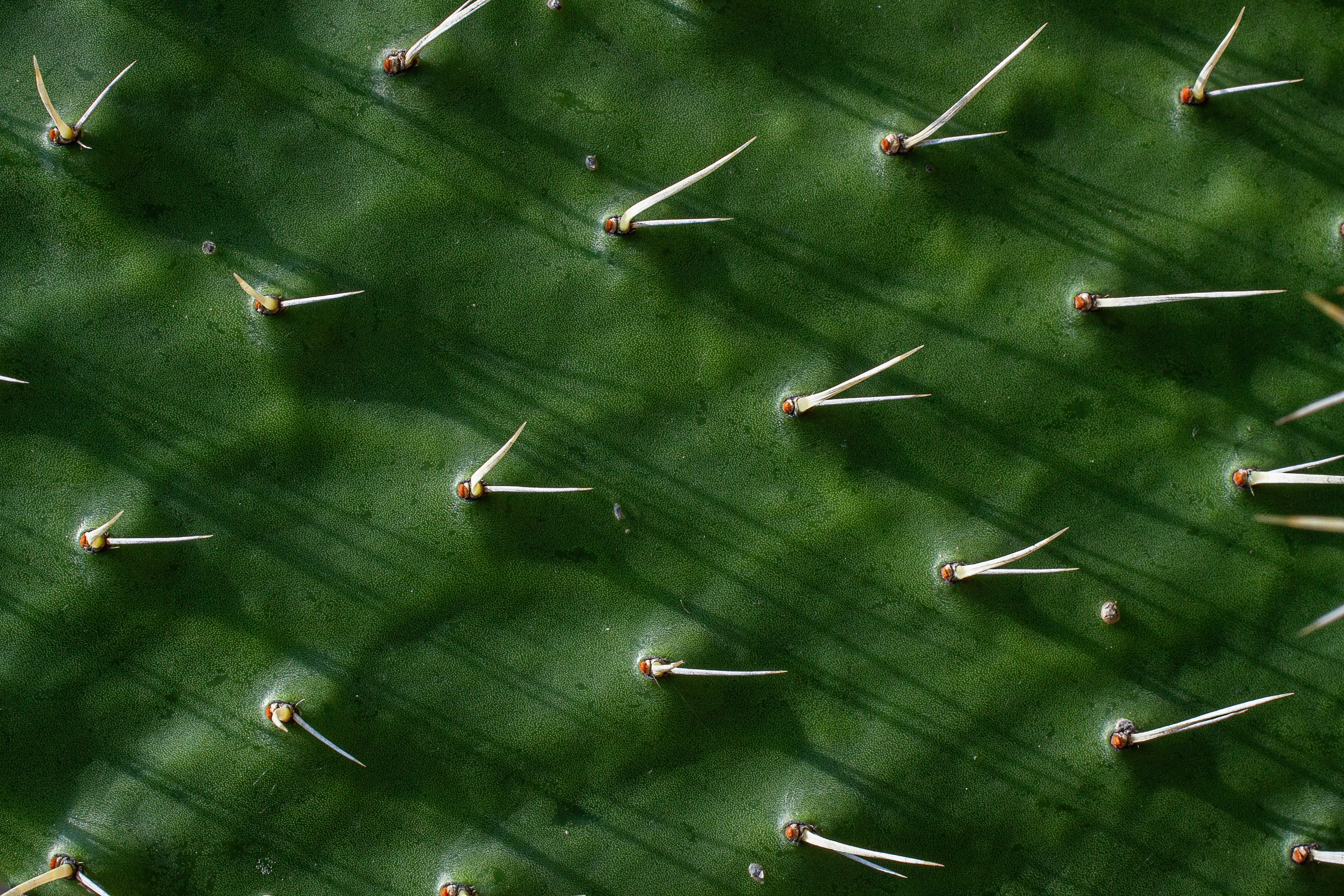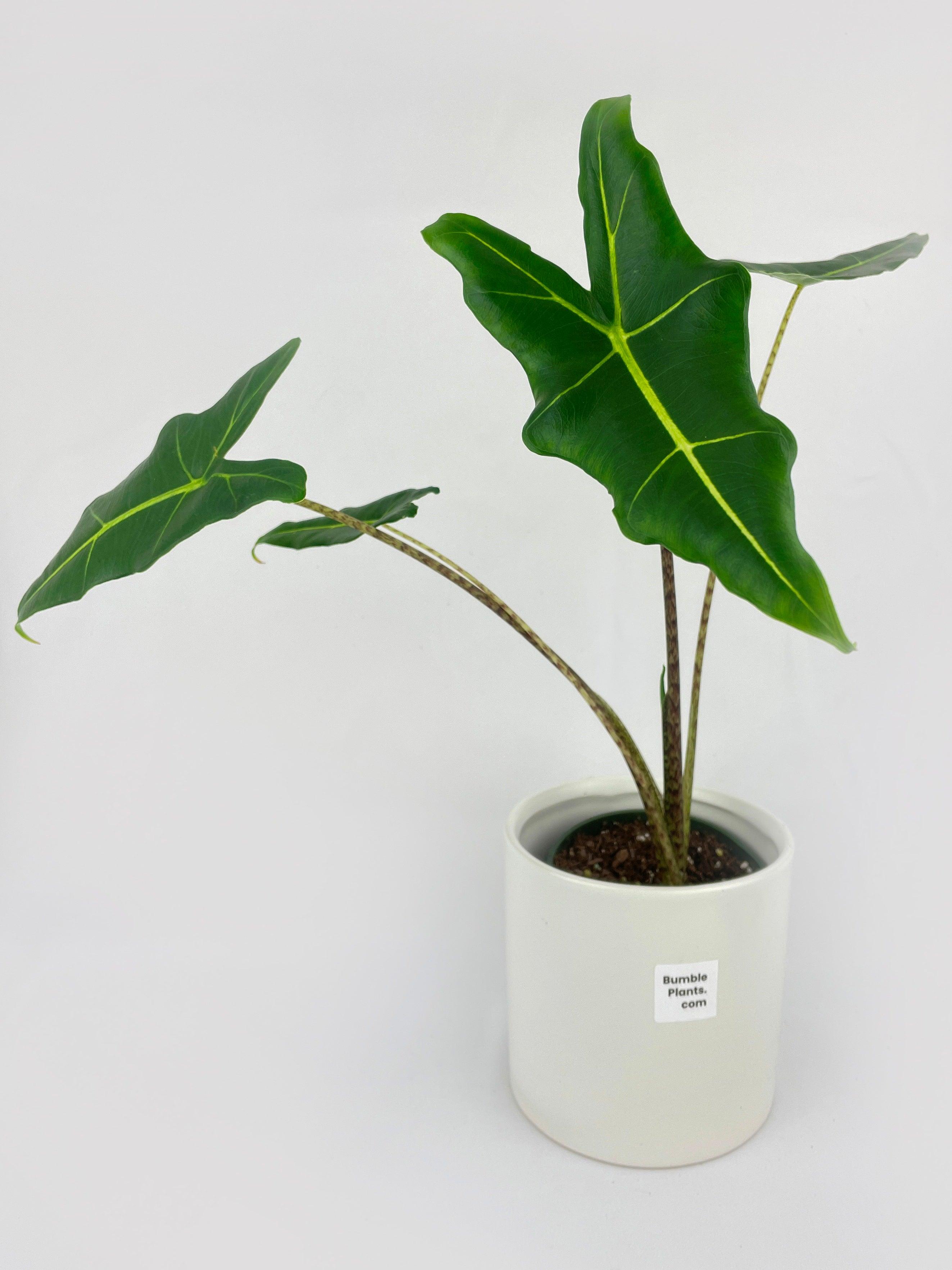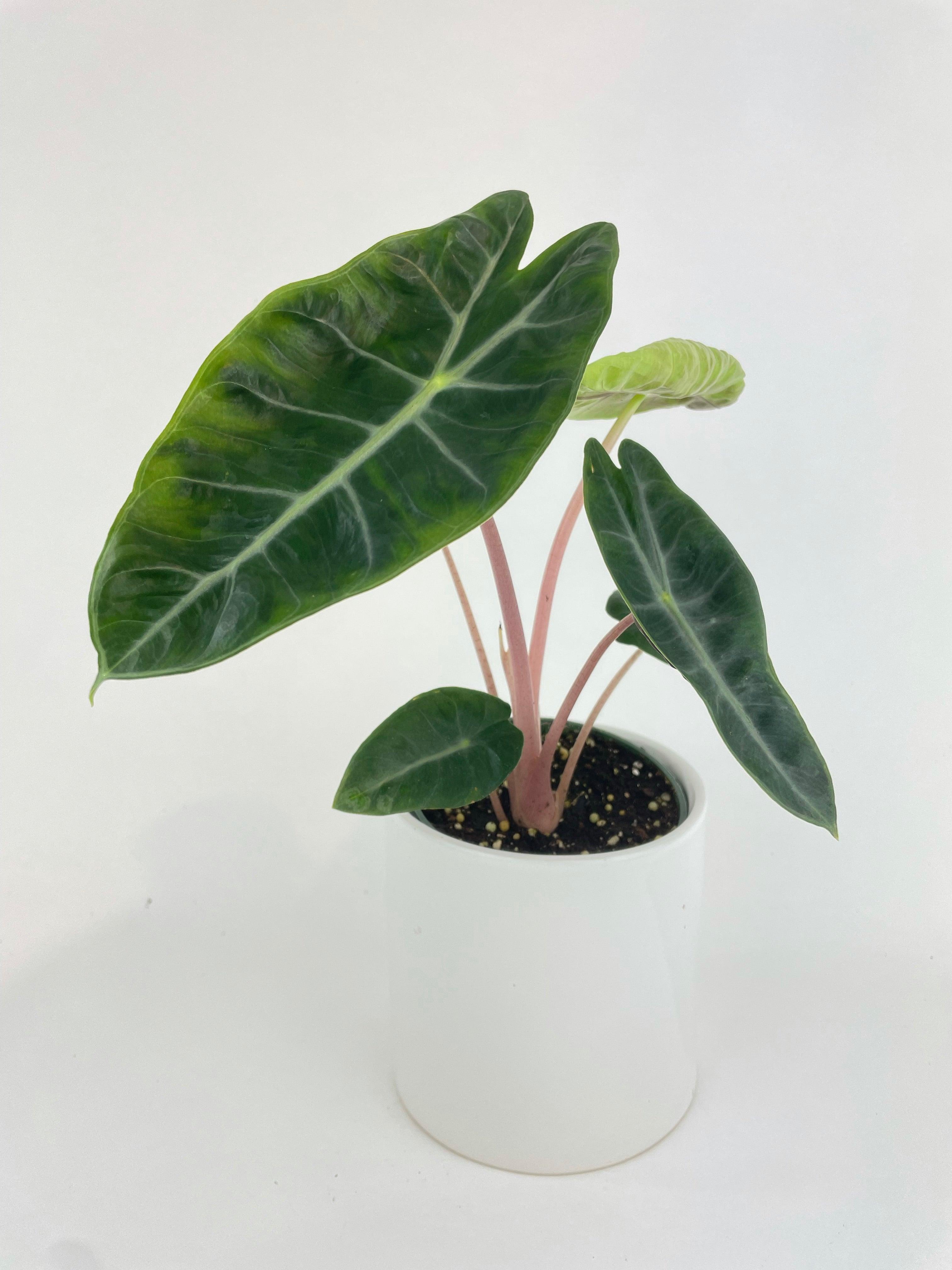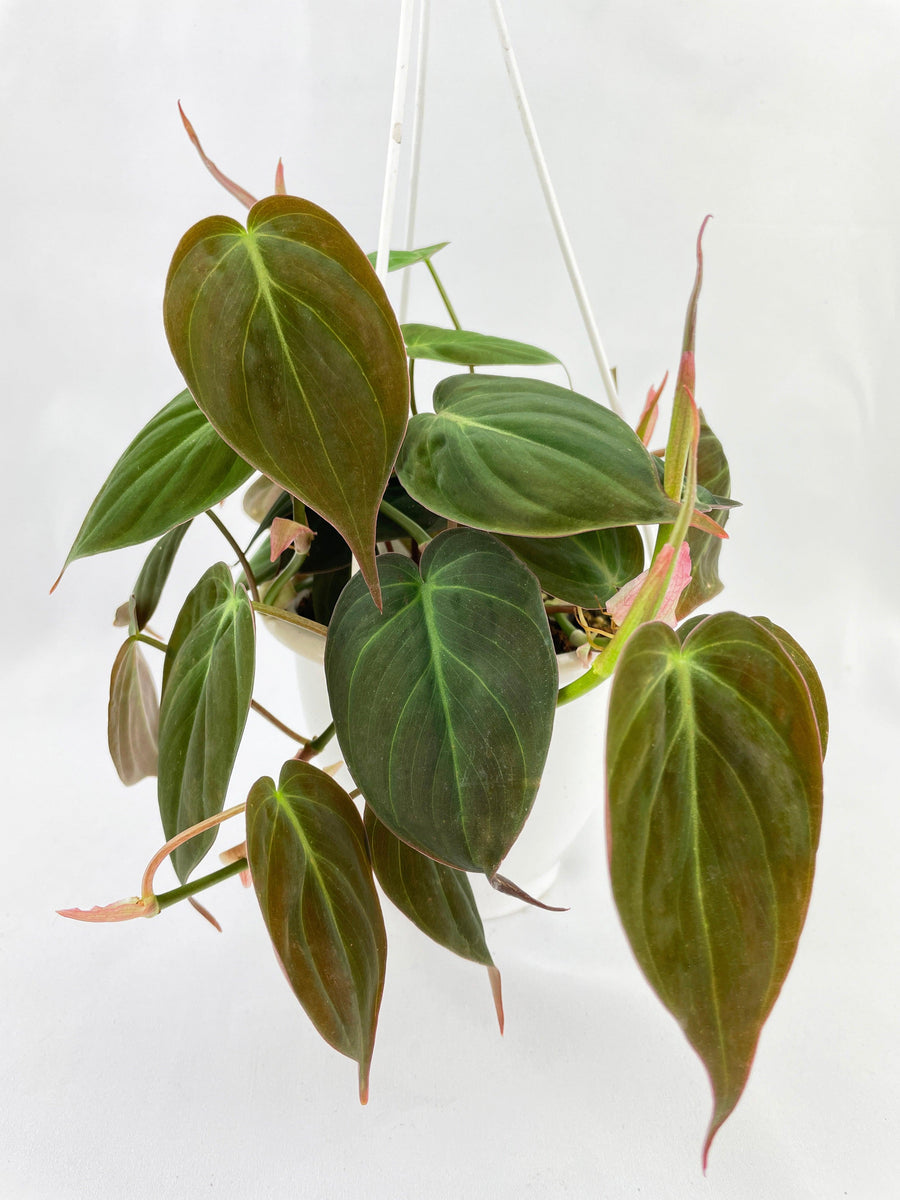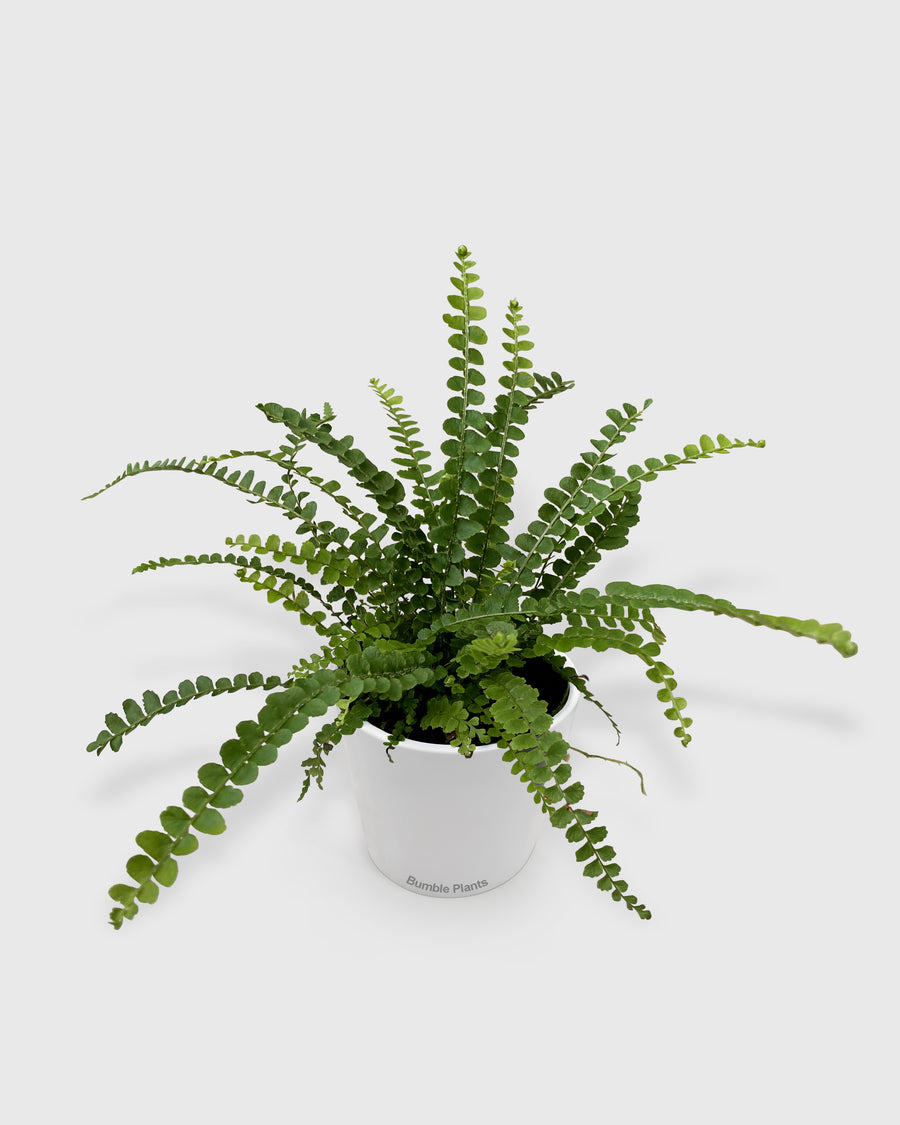Beginner’s Guide: How to Prevent Diseases in Plants
Have you ever wondered why some gardens are lush and full of healthy plants, while others struggle with diseases? The secret lies in knowing how to prevent diseases in plants. This guide is designed to help beginners and seasoned gardeners alike with practical, easy-to-understand tips for keeping your plants healthy and vibrant. By learning the basics of plant care and disease prevention, you'll be well on your way to nurturing a thriving garden. So, let's dive in and discover how to give your plants the best chance against diseases!
What are 10 Ways to Prevent Diseases?
Preventing plant diseases might seem challenging, but it's easier than you think! Here are ten straightforward, effective ways to keep your plants healthy and disease-free:
1. Understanding Plant Health
First things first, getting to know your plants is key. Healthy plants are less likely to get sick, just like us. Keep an eye on how they look and behave. Are they drooping, discolored, or spotted? These could be signs they need your help.
2. Sanitation Practices
Cleanliness is crucial in the garden. Remove dead leaves, debris, and any diseased plant material. This helps stop the spread of harmful microbes that can cause diseases.
3. Crop Rotation Benefits
Switching up what you plant and where each year can work wonders. Crop rotation keeps the soil healthy and reduces the risk of diseases that attack specific plant types.
4. Choosing Resistant Varieties
Some plants are naturally tougher against diseases. When you're picking out what to grow, look for varieties known for their disease resistance.
5. Managing Fungal Diseases
Fungi love moisture. To keep fungal diseases at bay, water your plants at the base, and try to avoid getting too much water on the leaves. Also, ensure your plants have enough space for air to circulate.
6. Combating Bacterial Diseases
Bacterial diseases can be tricky, but good garden hygiene and avoiding overhead watering can significantly reduce their risk.
7. Tackling Viral Diseases
Viral infections are often spread by insects. Keeping pests under control can help prevent these diseases. Also, immediately remove any plants you suspect are infected.
8. Organic Gardening Techniques
Embracing organic gardening methods, like using natural fertilizers and pest controls, can improve your plants' overall health and resistance to diseases.
9. Integrated Pest Management (IPM)
IPM is about using the least toxic methods first for pest control. This approach is better for your plants and the environment.
10. Prioritizing Soil Health
Healthy soil equals healthy plants. Regularly add organic matter like compost to keep your soil full of nutrients and your plants happy.
How Can We Protect Plant Disease Management?
Now that you know how to prevent diseases, let's explore how to protect your plant disease management efforts for even better results.
1. Integrated Strategies for Disease Management
Managing plant diseases is not just about prevention; it's also about having a plan in case disease strikes. Here, we'll discuss combining different strategies for effective disease management.
Integrated Approach: Consider an integrated approach that combines prevention, early detection, and targeted treatments. This holistic strategy helps you respond swiftly to any disease outbreaks.
2. Role of Beneficial Insects
Nature has its own pest control agents—beneficial insects! These tiny allies can help keep harmful pests in check and contribute to disease management.
Attracting Beneficial Insects: To encourage these helpful insects to visit your garden, plant flowers they love. Marigolds, daisies, and alyssum are known to attract beneficial bugs.
Maintaining Habitats: Create habitats like bug hotels or small ponds to provide shelter and water for beneficial insects. They'll repay you by keeping your garden healthy.
3. Disease-Tolerant Landscaping
Why not make your garden less inviting to diseases from the start? This section explores the concept of disease-tolerant landscaping.
Plant Selection: Choose plants that are naturally resistant to common diseases in your area. Native plants often have built-in defenses.
Designing for Airflow: Good airflow reduces humidity and discourages fungal diseases. Plan your garden layout to allow air to circulate freely around your plants.
How Can We Prevent Disease in Plants Proactively?
In the previous sections, we explored ways to prevent diseases and protect our plant disease management efforts. Now, let's delve into the proactive approach of preventing disease in plants.
1. Preventive vs. Reactive Approaches
When it comes to plant diseases, prevention is often easier and more effective than reacting to an outbreak. Here, we'll discuss why a preventive approach is the way to go.
Proactive Measures: Preventing diseases means taking proactive measures to create an environment where diseases struggle to thrive. It's like building a fortress around your plants.
Comparison with Reactive Approaches: We'll compare the benefits of preventive measures with the challenges of reacting to diseases once they've already taken hold.
2. Advanced Techniques in Disease Prevention
As gardening practices evolve, so do disease prevention methods. In this section, we'll explore some advanced techniques that can further enhance your disease prevention efforts.
Innovative Methods: Discover new and innovative ways to prevent diseases in plants. From advanced soil testing to high-tech disease monitoring, there's always something new on the horizon.
The Future of Disease Prevention: We'll take a glimpse into the future of plant disease prevention. What technologies and strategies might become standard practices in the years to come?
Conclusion
You've gained valuable insights into the effective ways of how to prevent diseases in plants. Throughout this guide, we've discussed practical methods to maintain your plants' health in a straightforward manner.
We began by emphasizing the importance of plant health and introduced fundamental practices like sanitation, crop rotation, and selecting disease-resistant varieties. We explored strategies to manage fungal, bacterial, and viral diseases while keeping your gardening practices organic and sustainable through integrated pest management (IPM).
Our discussion extended to protecting your efforts in plant disease management, highlighting the value of integrated strategies, the role of beneficial insects, and the concept of disease-tolerant landscaping.
We also emphasized the significance of being proactive in disease prevention. Preventive measures, as we've seen, are often more effective than reacting to outbreaks. We also touched upon advanced techniques that can enhance your disease prevention efforts.
As you continue, rest assured that plant care is a fulfilling and rewarding pursuit. By applying the knowledge from this guide and staying curious about the future of disease prevention in gardening, you're well on your way to nurturing a thriving garden.
Feel confident in applying these practical tips, and observe as your garden flourishes with vitality and well-being.




